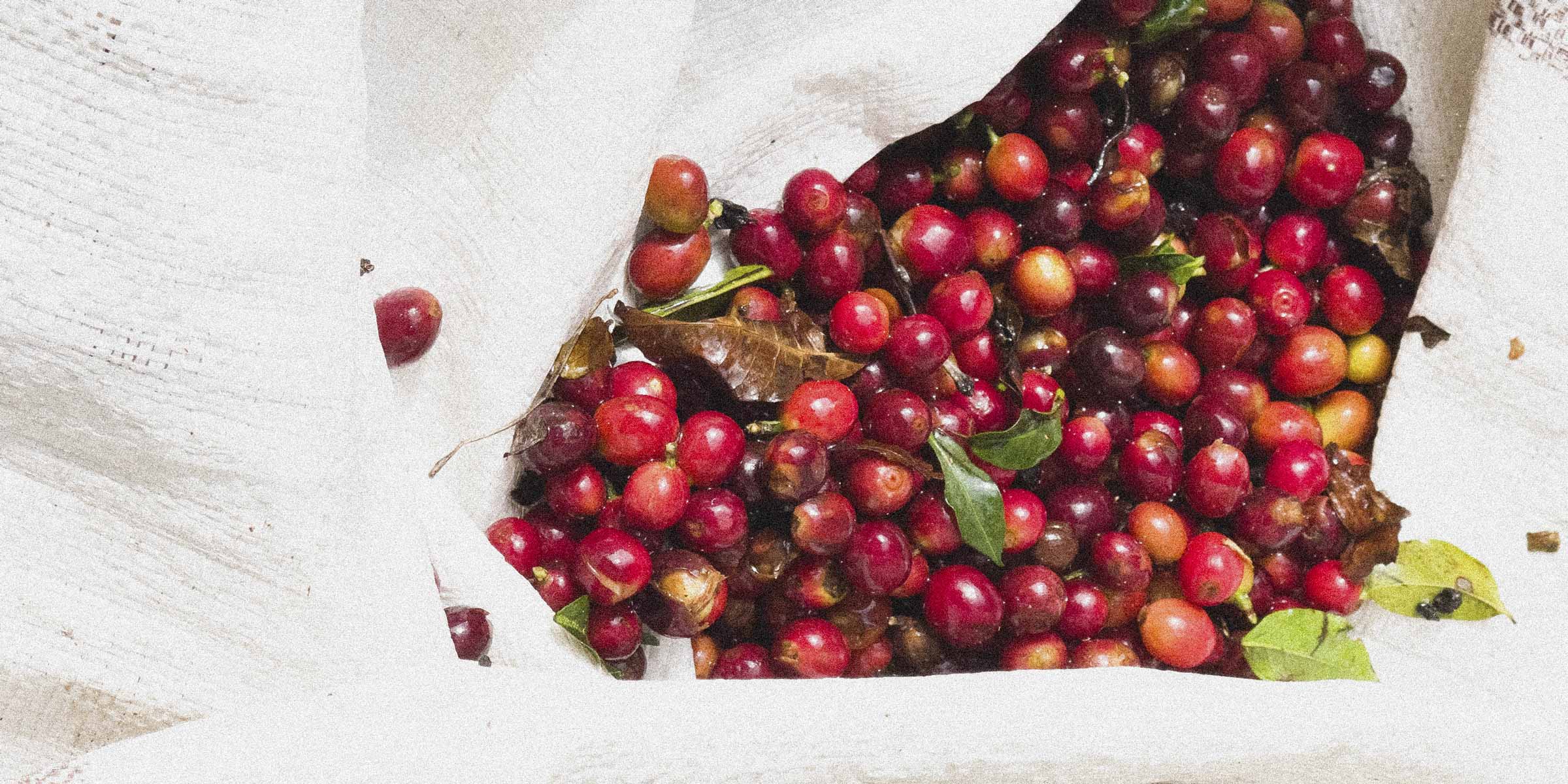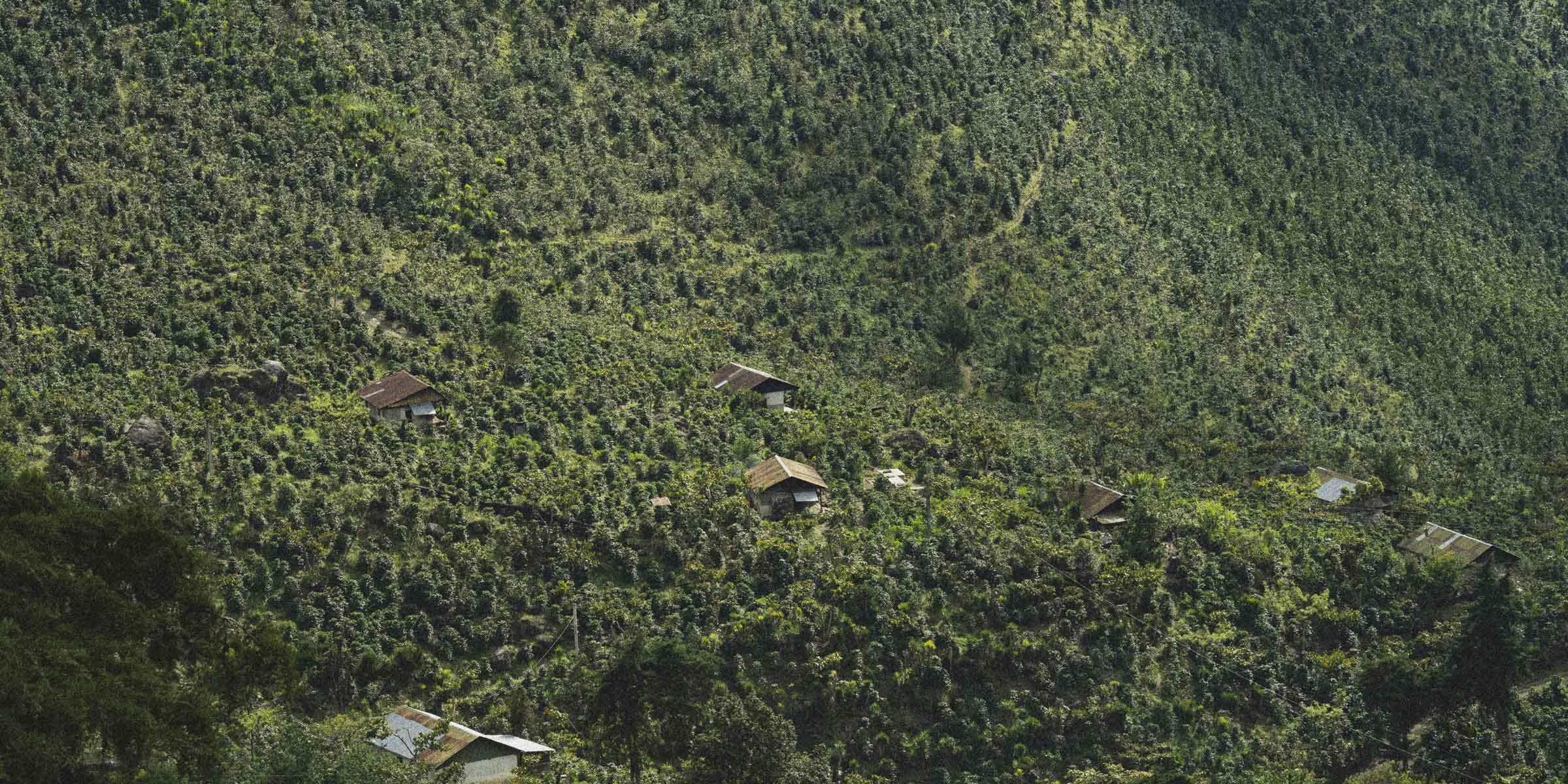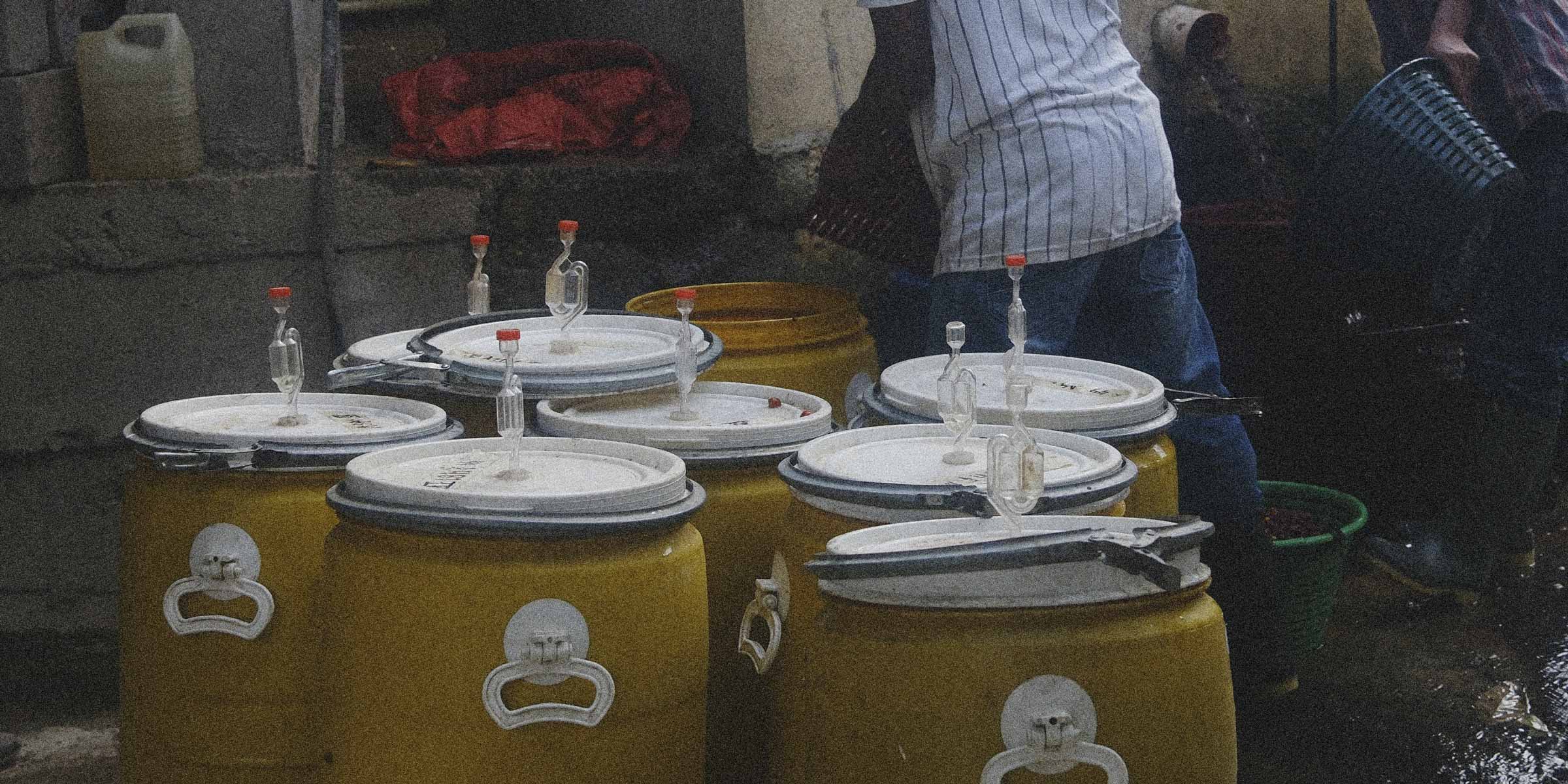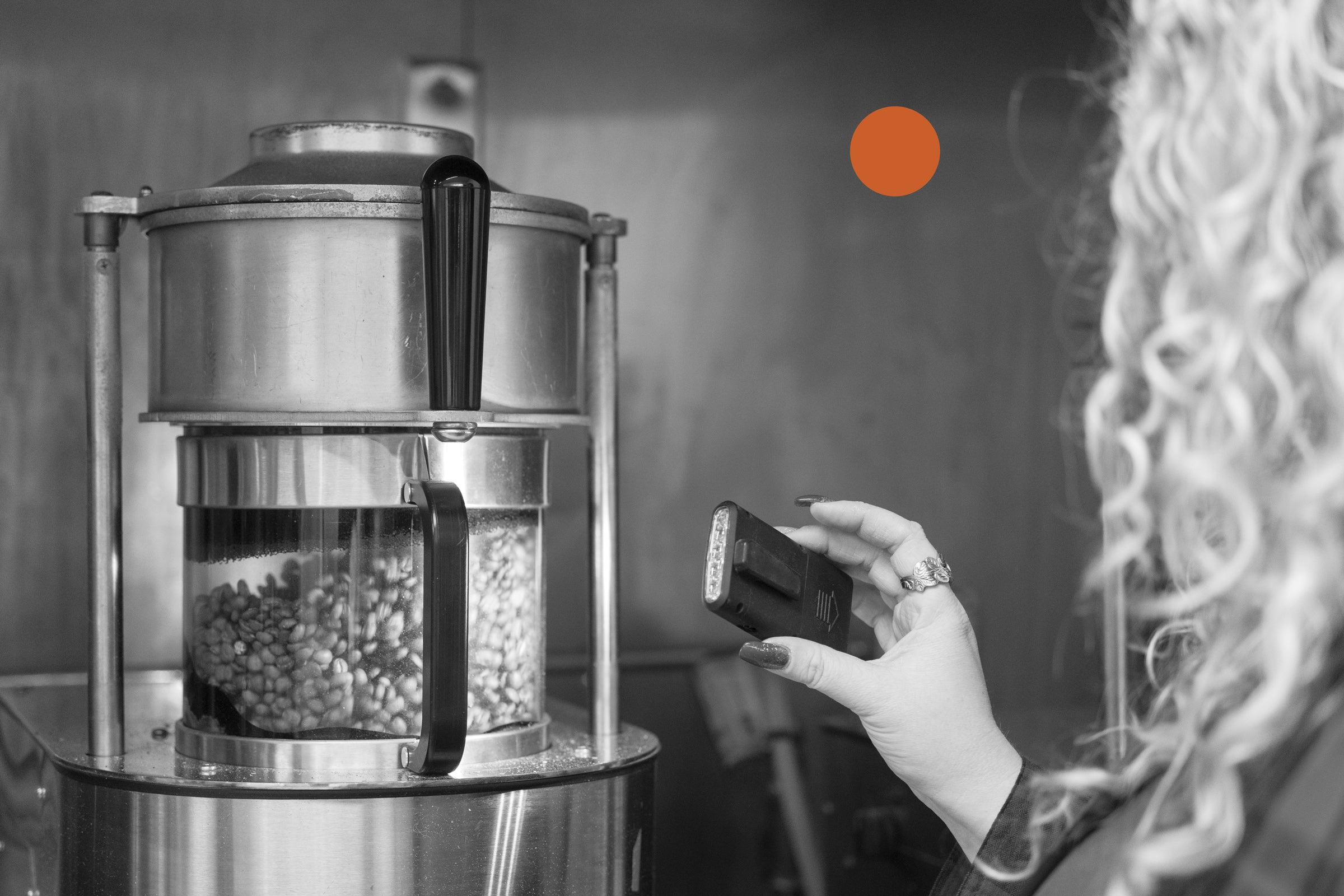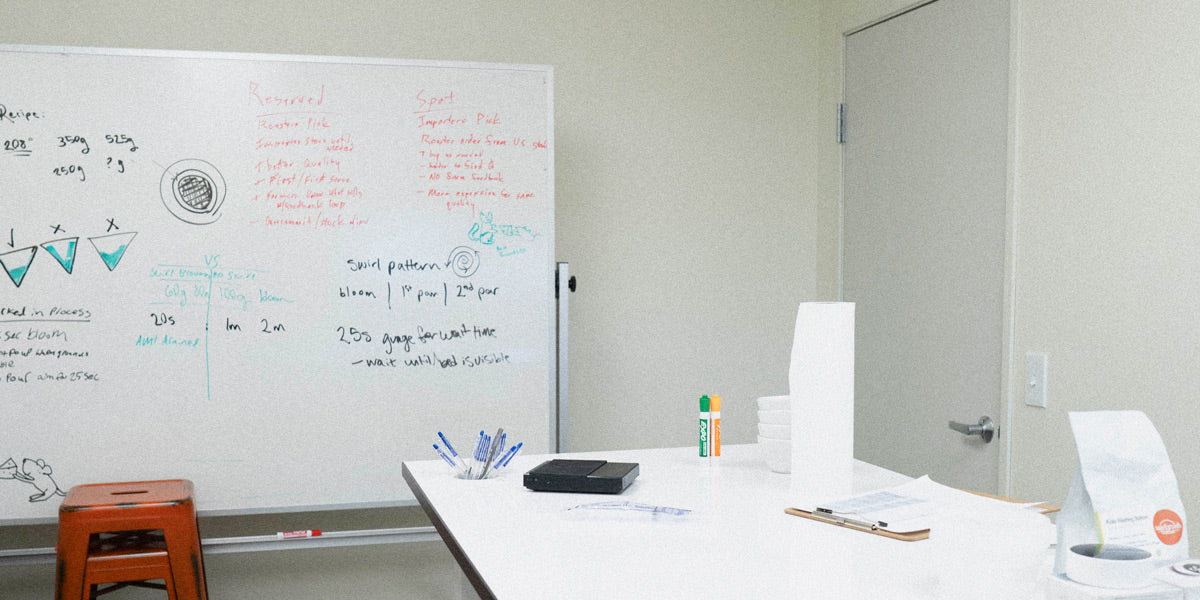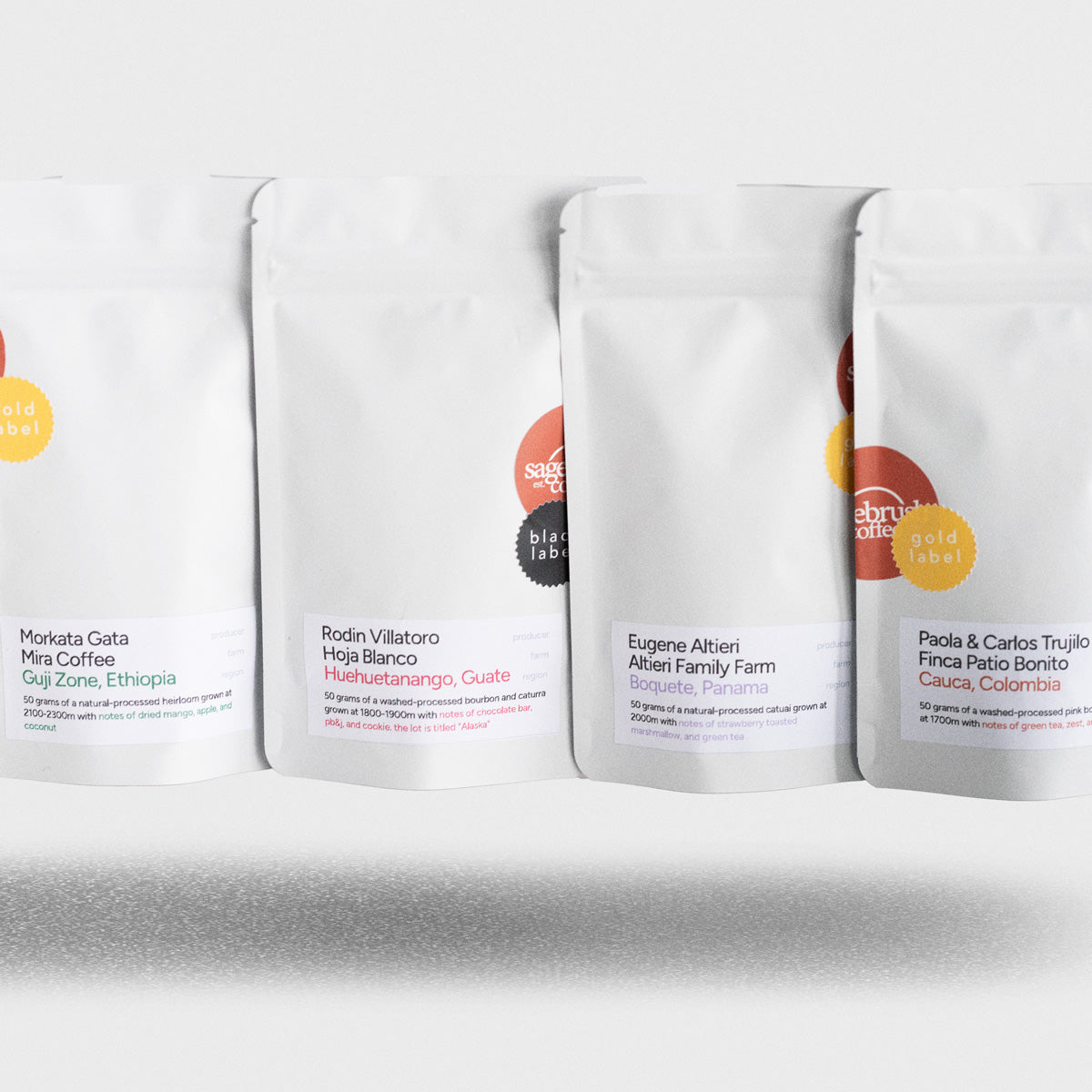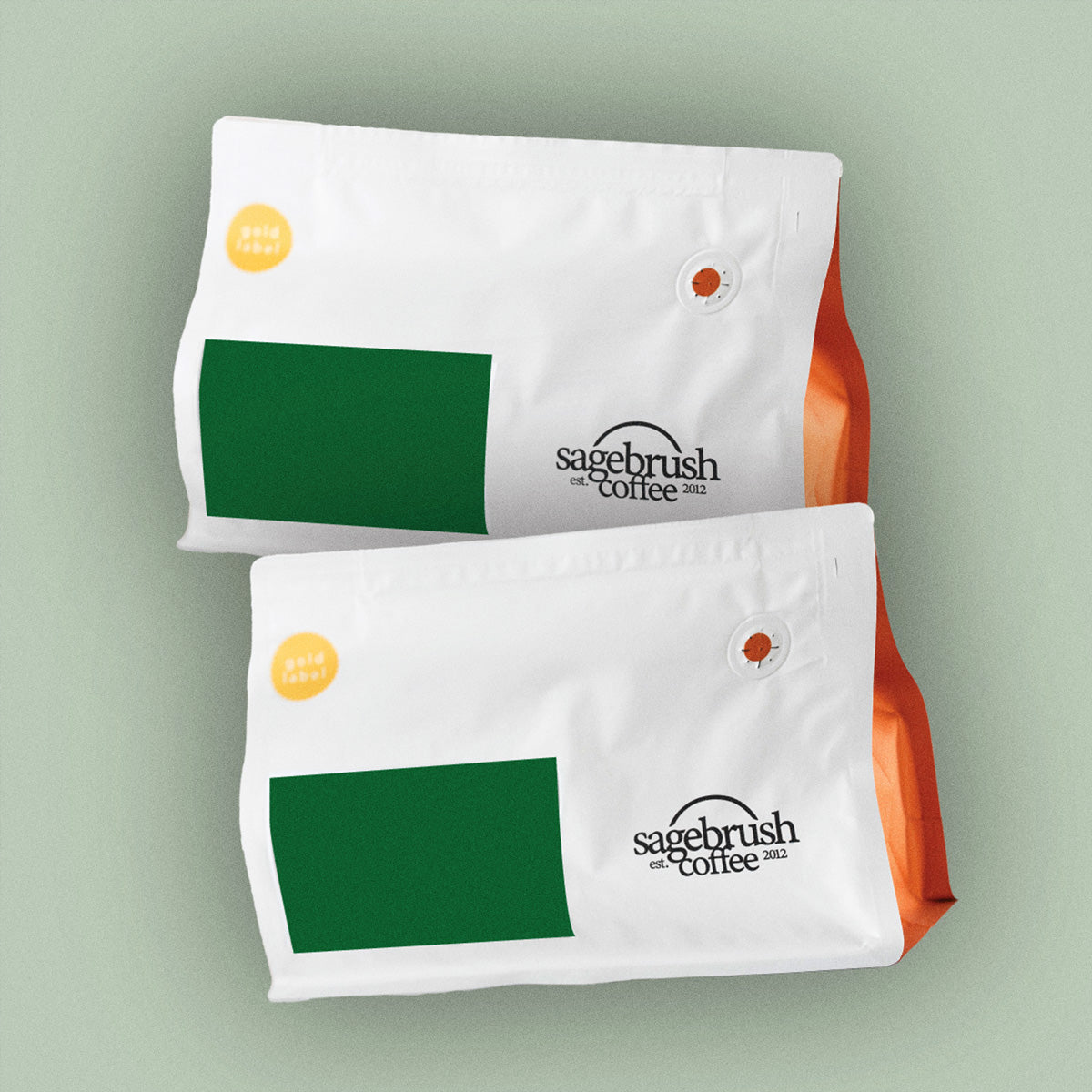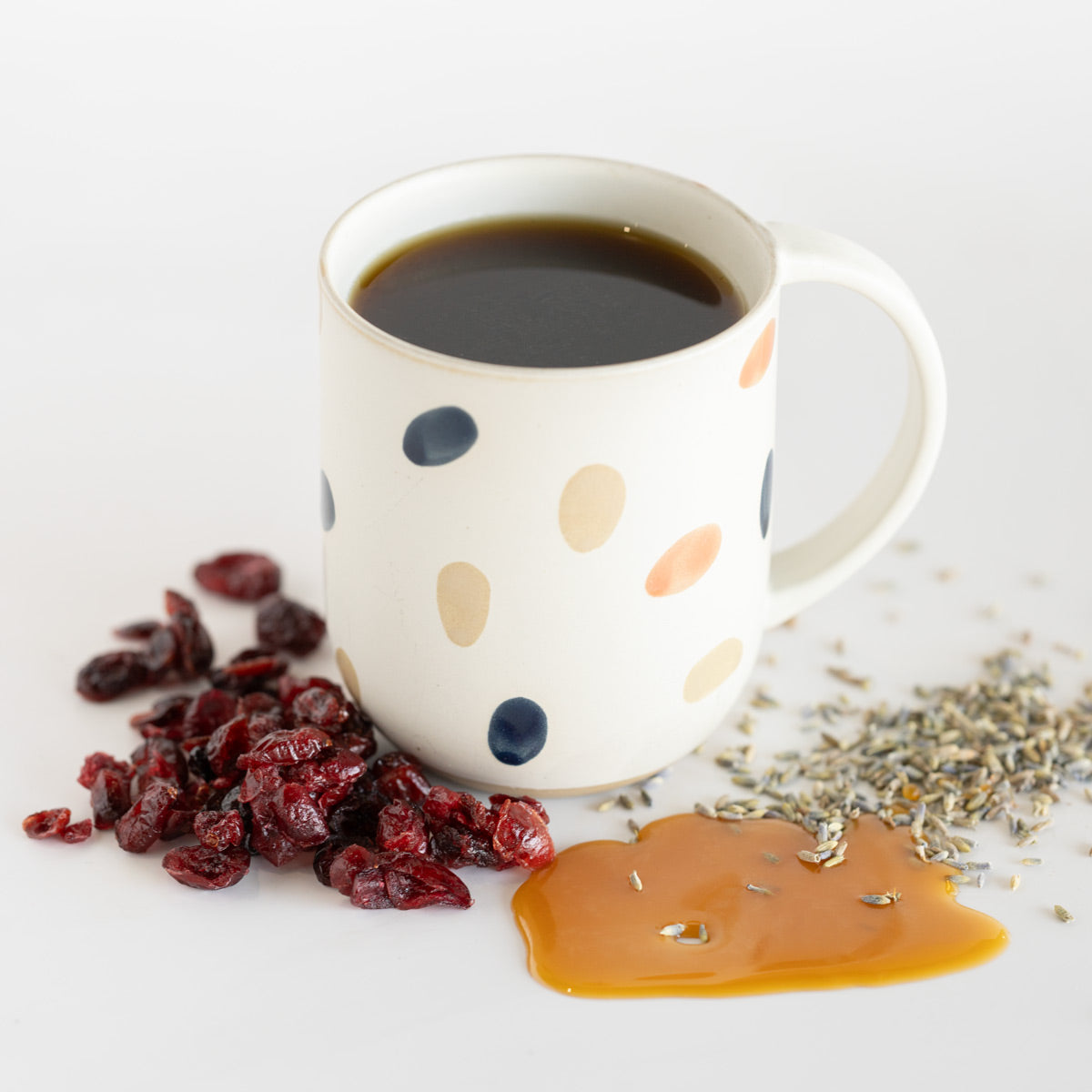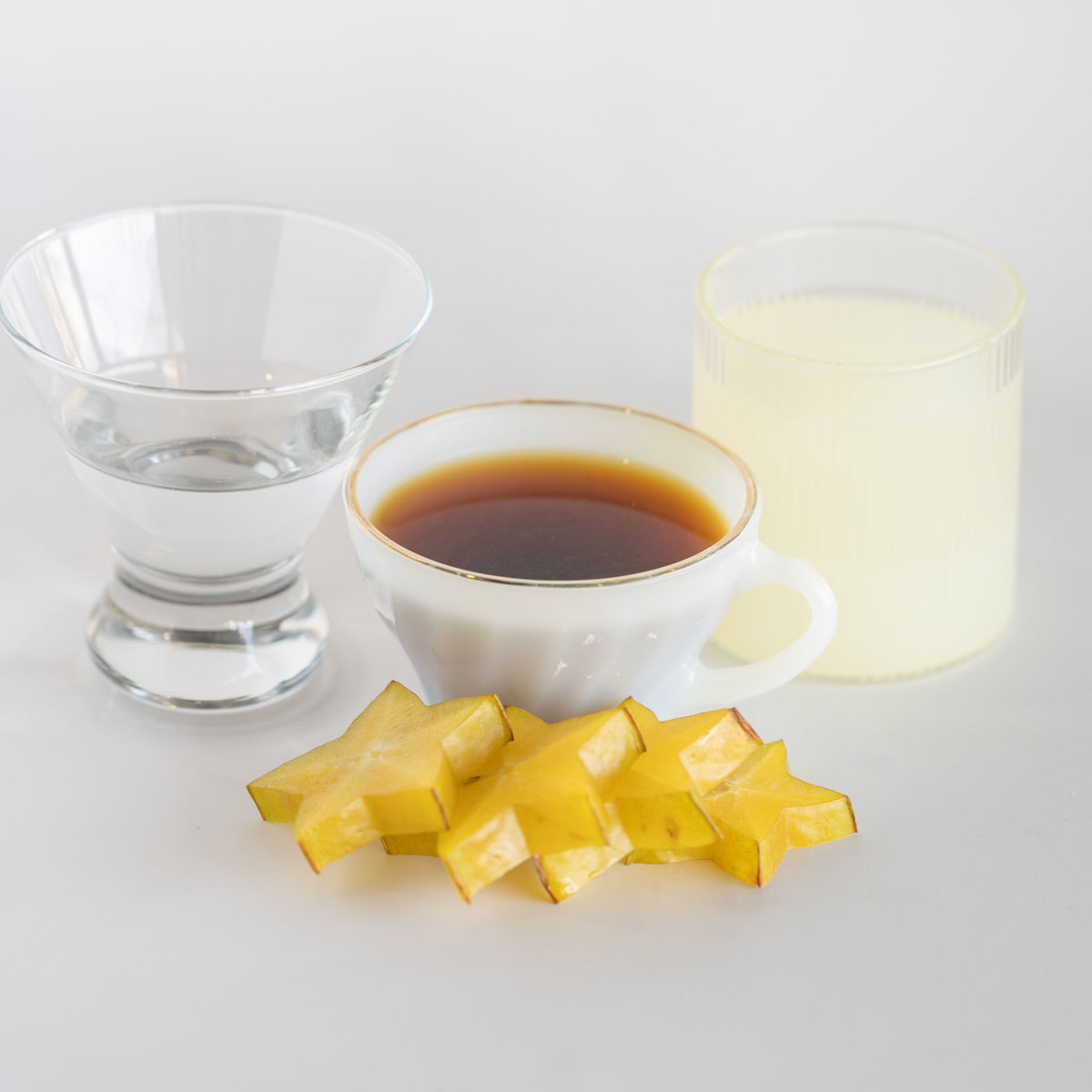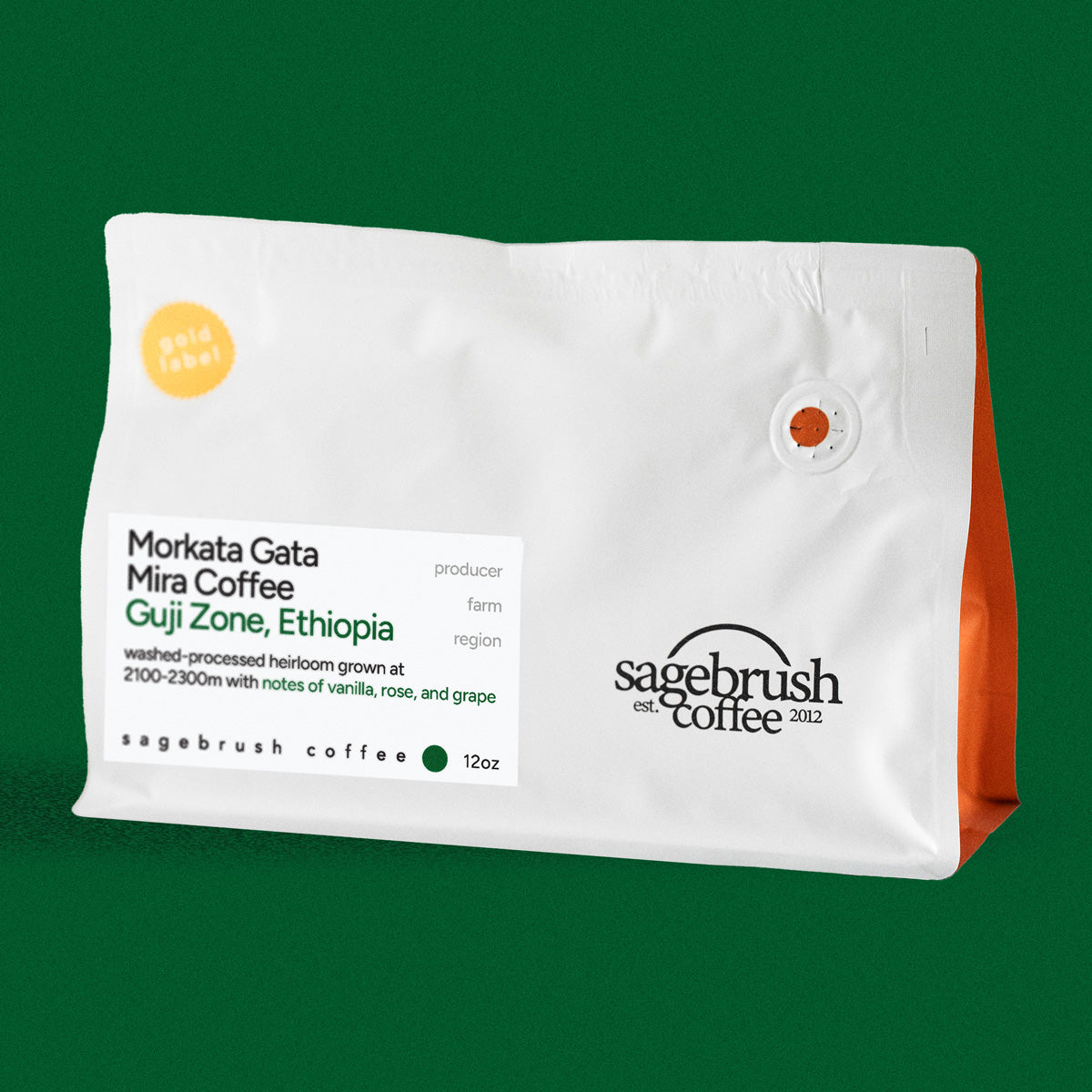Why do we love coffee so much? I mean, it's just a simple drink, right? That's where you're mistaken. The coffee process spans multiple continents and goes through over 15 different processes before it gets to your cup in the morning. With so many ins and outs of this world, it can feel like an overwhelming task to get into coffee. So, in this article, we're going to look at the very tip-top of the iceberg of the coffee world. Hopefully, it will spark a whole new understanding and appreciation for your morning cup.
What is the Coffee Crop?
Let's start at the very beginning of the process: the crop itself. Believe it or not, coffee is not a bean at all; it is a seed! From that seed grows the Coffea arabica plant. Generally, this plant produces fruit every year—cherries, to be exact—making the coffee world work on a yearly cycle. Thankfully for us, different countries' rotation cycles are at other points of the year, so we can enjoy fresh coffee crops all year round.
There are two primary species of coffee: Coffea arabica (Arabica) and Coffea canephora (Robusta). In the specialty coffee world, you aren't likely to see Robusta beans. But why? Its ease of cultivation, ability to withstand various temperatures, and high levels of caffeine make it an incredibly dependable crop to produce. The downside? It doesn't taste good. Robusta beans lack the dynamic profile Arabica beans can create. Not only that, but caffeine is an incredibly bitter compound that overpowers everything else, so Robusta's high levels of caffeine put the nail in the bad-tasting coffin.
Arabica has far more natural sugar and brightness, but it is harder to produce. For one, its plants are too delicate to grow anywhere outside of the equatorial region (see the "coffee belt" map). They also yield less fruit, which is more prone to rot, and they are more susceptible to plant diseases like coffee leaf rust. It was simply illogical for large farms to focus on Arabica when Robusta was clearly the more profitable crop. This leads us to the regions where Arabica is grown around the globe.
What are Coffee Regions?
If you've dipped your toe at all into the modern specialty coffee world, you've probably heard of coffees referred to by their country of origin (e.g., a Kenyan, a Guatemalan, etc.). This means of identification has become so common for a reason: it helps ingrain in us an understanding that geography, economy, and culture play a prevalent part in the flavor profile of the coffee bean itself.

When we talk about the country of origin, we're talking about everything that goes into its terroir, or growing environment. Things like the elevation that coffee was grown at, the climate and soil, even how the country's coffee culture affected it. But we aren't simply referring to its physical source. When we say a coffee is from Ethiopia, we are saying this coffee is a result of centuries of tumultuous labor and development out of complete poverty and hopelessness. There is so much story behind each country's coffee journey. Each one of these factors makes a big difference in the future flavor and health of the coffee cherry.
What are Coffee Varieties?
Another important tidbit about the coffee crop is its varieties. To help you get a gauge of varietals, let's think about apples. What's your favorite kind of apple? Maybe Fuji came to mind, Granny Smith, or Red Delicious. These are examples of apple varieties, which are not exactly the same as varietals, but help get a grasp of it. Yes, all coffee is coffee, but depending on the varietal (whether it's Typica, Caturra, Bourbon, Yellow Catuai, etc.), the characteristics may be very different. For example, a Typica bean will be cleaner and fuller than a Bourbon bean; a Caturra bean will be more acidic than a Yellow Catuai, and so on. We won't go incredibly in-depth here, but just know that varietals matter, and they do indeed affect the flavor profile of a coffee.
 What is Coffee Processing?
What is Coffee Processing?
Before we get into coffee processing, remember that this article covers the basics of the basics. These definitions of processing are simplified to avoid any unnecessary confusion. Know that the biology and science behind this section are worthy of their own entire series.
Big picture: coffee processing refers to everything that happens to the coffee cherry between when it's harvested and when it's packaged for export. And no matter what processing method is used, the end result will always be a bean without the cherry. There are three primary coffee processing methods: natural (dry), washed (wet), and honey process. The easiest way to remember the differences between these methods revolves around when the cherry is removed. Natural processed beans are dried with the whole cherry still on. Washed processed are de-pulped first (meaning, the cherry is removed), soaked in water to remove the remaining sticky fruit residue, and then dried. And honey processed are de-pulped but dried with that fruit residue still on.
So, does processing really make that big of a difference? The answer is absolutely! We here at Sagebrush are quick to say that coffee processing affects the flavor of the bean far more than any other piece of the coffee supply chain. A natural processed Guatemalan will be more similar on the nose to a natural processed Ethiopian than it would be to a washed Guatemalan—that's how drastic of a difference it makes.
What is Coffee Roasting?
Coffee roasting can be described easily in the language of steak. You don't marinate a cut of premium A5 Wagyu beef. All you need is a dash of salt and some intentional care in grilling. Why? Because the meat itself is so unique and flavorful on its own, there's no need to go overboard with your own flavoring techniques or preparation styles (and you wouldn't DARE burn that steak). The exact mentality applies to coffee, both in its roasting and brewing. These beans are cultivated in a way that is far more worthy of showcase than anything us roasters could add to it.
Sagebrush's philosophy of roasting revolves around one goal: to put on display the hard work of the coffee farms and what they've done in the coffee supply chain. Without the intentionality and care of the farmers, our coffee would be nothing more than another grocery store bean. That's not to say we don't take pride in the way we roast these beans. It's taken years of thorough study, testing, and perfecting to develop roasting profiles that successfully showcase the natural flavor of each and every coffee we offer. Roasting coffee is a craft not easily mastered, and we're confident in our ability to consistently bring you delicious coffee, roasted to perfection.

What is Coffee Brewing?
The brewing process starts with the act of grinding coffee. This provides the surface area necessary to accomplish extraction. Extraction is really just a fancy term for getting to the good stuff—all the flavor and caffeine that our favorite coffee contains. Grinding increases surface area and speeds up this process. Depending on your brewing method, the ideal grind size will vary.
When it comes to brewing, there are two different extraction methods for a cup of coffee: percolation and immersion. The percolation brewing method involves water constantly flowing through a bed of ground coffee and a filter. This is typically seen in drip coffee or a V60 pour over method. In the immersion brewing method, water is poured into coffee grounds rather than flowing through them. A clear example of this is a French press or a cupping table.
Regardless of method, hot water is typically used as it speeds up the molecules inside the coffee grounds, encouraging them to move rapidly and allowing them to grab and hang onto the particles of acids and sugars the coffee contains, which are then pulled into our cup. Cold water can be used, but it takes hours to brew a cup of coffee as opposed to minutes or even seconds. While there are a number of other factors that impact the extraction process, generally speaking, after the appropriate time passes we are able to enjoy our freshly brewed cup!
Our Journey Together
In this article, we've talked about the coffee crop and its varietals. We've explored the regions of the coffee belt, coffee processing, roasting, and brewing. We've started to get a glimpse of just how massive the coffee supply chain is from farm to cup.
Sagebrush Coffee Roastery has been around since 2012, and as we've continually plugged ourselves more and more into the world of coffee, our personal relationships with farms have improved, our experience in roasting processes has been perfected, and our love for coffee has only grown. Our love of this craft is proof that we're just getting started. Every year we feel like we've grown and are excited to have you grow with us!
Fresh Roasted Specialty Coffees
Taste of Ethiopia • Combo 2 Pack
Eugene Altieri • Washed-Processed Gesha
Morkata Gata • Washed-Processed Guji Heirloom
The Coffee Journey
Explore all that goes into your morning cup
